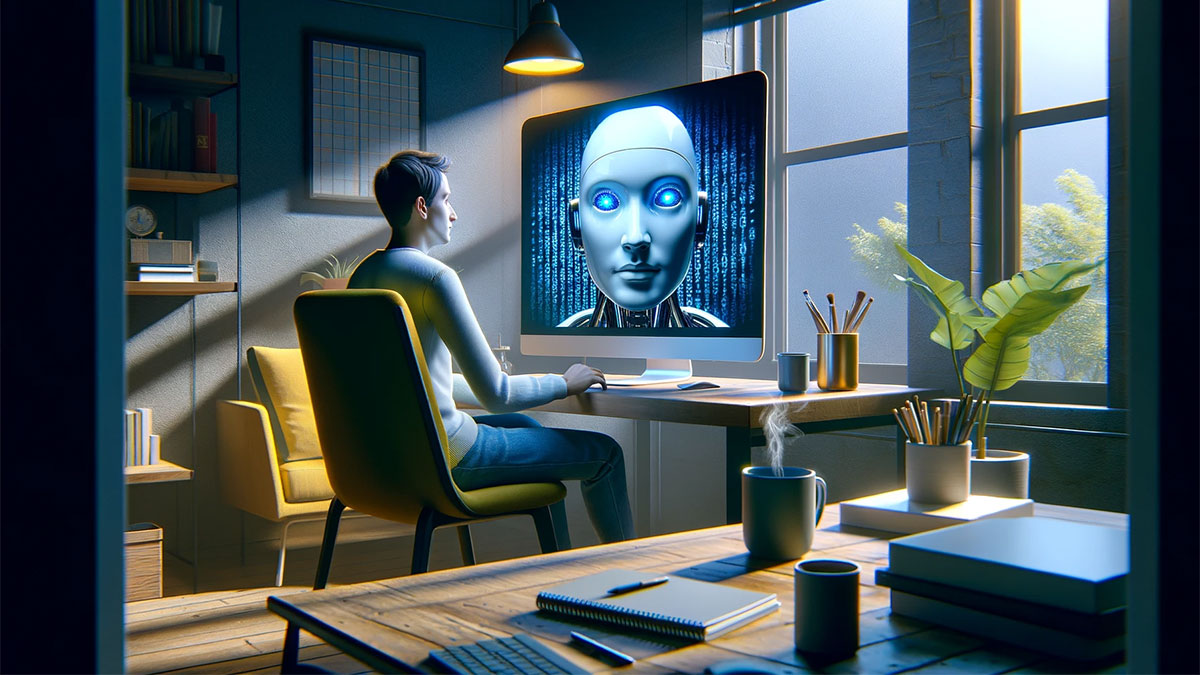The debate between Artificial Intelligence (AI) and Human Intelligence in terms of accuracy and error rates is pivotal in understanding the strengths and limitations of both entities. This detailed exploration considers studies and research findings to offer a comprehensive view of where AI excels, where humans maintain the upper hand, and the interplay between these two forms of intelligence.
Main Points:
- AI surpasses human performance in data analysis, as shown by Rajpurkar et al.’s 2017 study where AI accurately diagnosed pneumonia from X-rays better than radiologists.
- Human intelligence excels in tasks requiring emotional, social, and creative skills, areas where AI lacks nuanced understanding.
- AI’s lower error rates in specific tasks, like the reduction of false positives and negatives in breast cancer screening, demonstrate its potential in augmenting human decision-making processes.
Understanding AI and Human Intelligence
Before delving into comparative analyses, it’s essential to define AI and human intelligence. AI refers to machines programmed to mimic human cognitive functions like learning and problem-solving.
In contrast, human intelligence encompasses not only cognitive capabilities but also emotional, social, and creative faculties.
AI’s Superiority in Data-Driven Tasks
Studies have consistently shown that AI outperforms humans in tasks involving large-scale data analysis. For example, a study by Rajpurkar et al. (2017) on an AI system’s performance in diagnosing pneumonia from chest X-rays showed that the AI outperformed radiologists in accuracy.
These findings highlight AI’s superiority in pattern recognition and data processing tasks, where vast amounts of information need to be analyzed quickly.
Human Superiority in Contextual and Creative Tasks
Humans excel in tasks requiring contextual understanding, emotional intelligence, and creative thinking. A study by McKinsey in 2018 emphasized the human edge in tasks requiring complex stakeholder interactions, empathy, and innovative thinking.
This suggests that while AI can process and analyze data, it lacks the nuanced understanding and emotional depth inherent to human intelligence.
Error Rates: AI vs Human
Error rates in AI are often lower compared to humans in specific tasks, primarily due to the elimination of human biases and fatigue. For instance, a research paper published in Nature Medicine in 2020 demonstrated that Google’s AI model reduced false positives and false negatives in breast cancer screening.
However, AI systems can still make errors, especially when dealing with ambiguous data or scenarios outside their training parameters.
The Learning Curve: AI and Humans
The learning processes of AI and humans differ significantly. AI systems learn from data and improve over time through machine learning algorithms. This learning is linear and data-dependent. In contrast, human learning is dynamic, influenced by emotional, psychological, and experiential factors.
This difference impacts error rates and accuracy, with AI being more consistent in repetitive tasks and humans better at adapting to new and evolving scenarios.
The Future of AI and Human Collaboration
Looking forward, the integration of AI in complementing human intelligence presents significant potential. A 2019 study by Accenture highlighted the synergy of AI and human collaboration in enhancing business processes and decision-making. The study suggests that AI can augment human intelligence, leading to reduced errors and improved accuracy in various fields.
Conclusion
In conclusion, the comparison between AI and human intelligence in terms of accuracy and error rates reveals a complex landscape. AI excels in data-driven, repetitive tasks with lower error rates, while humans maintain superiority in tasks requiring emotional intelligence, creativity, and contextual understanding.
The future lies in harnessing the strengths of both, with AI augmenting human capabilities, leading to more accurate and efficient outcomes across multiple domains.

